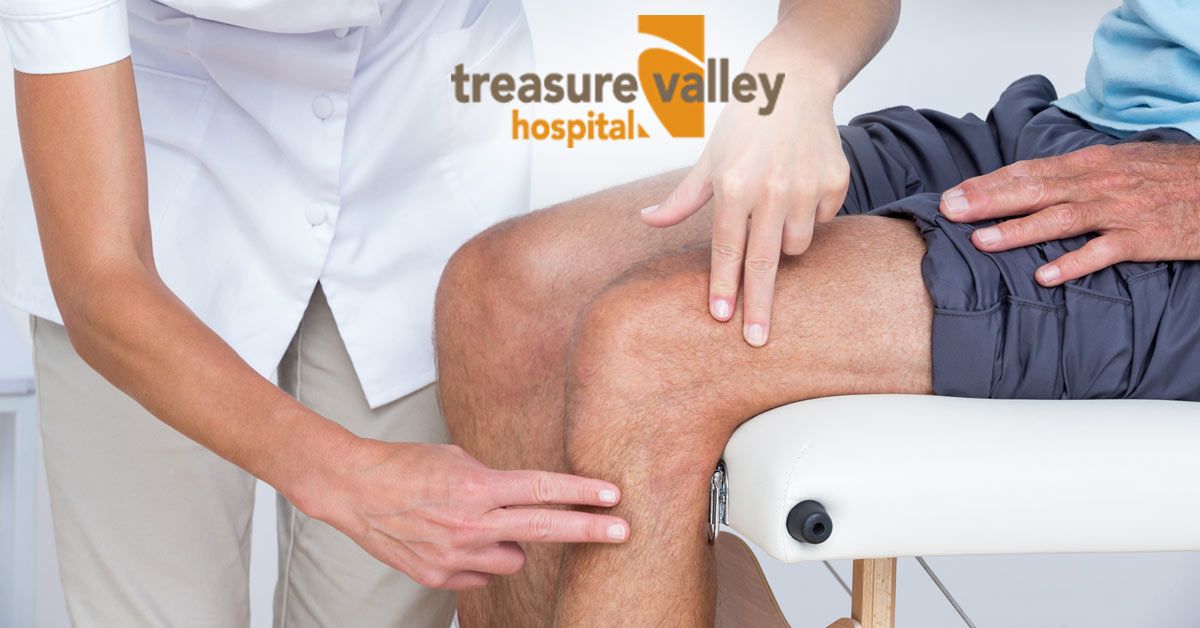
5 Signs You Need A Knee Replacement
The unappreciated knee is a vital joint in your body, helping you to move the upper and lower parts of your leg. Unfortunately, it's also one of the most vulnerable parts of your body. Knee-related injuries and surgeries are among the most common reasons for adult hospital treatment. Hundreds of thousands of knee replacements are done annually, doubling in number since 2010. As with many chronic conditions, the sooner issues can be identified and addressed, the better the outcome. How can you tell that it's time for knee surgery? Below are some common clues.
1. Pain
The red flag for surgeons that it's time to operate is generally severe and persistent pain. There can be a number of causes of this type of pain, and if it's accompanied by certain symptoms like sudden and severe swelling, a trip to the emergency room may be warranted. Otherwise, if a sufferer is noticing chronic pain in the knee while performing any type of physical activity that is not relieved by:
- rest
- weight loss
- medication
- physical therapy
then it may be time for a surgical consultation.
2. Quality Of Life
Another sign of a failing knee is increasing issues with completing normal activities. This includes pain, stiffness, or instability in walking, lifting up out of chairs, climbing stairs, squatting or kneeling, and then attempting to get back into an upright position.
3. Limitation Of Overall Movement
In addition to pain, you're now experiencing "movement" in the knee area which feels as though something within the knee is rubbing, catching on, or causing the knee to "freeze" up. These symptoms are affecting how you move in general and might be affecting the entire leg. Problems may include weakness, limping, and numbness radiating down the entire leg into the foot.
4. Alternative Treatments No Longer Working
Surgery is often considered a last alternative, even by surgeons. Before considering a knee replacement, patients often are asked to try a variety of therapies, ranging from exercise to medication to alternative medicines, like acupuncture. If these alternatives offer no relief or stop offering relief, then surgery may be considered.
5. Change In Appearance
The knee has suffered no trauma but looks dramatically different. Such changes include swelling in the knee area or a physical displacement or a "bowed" appearance of the knee itself. Both situations warrant immediate examination and, in the case of the knee bowing, intervention to avoid impact to the entire leg.
Age is also a good indicator of the possible need for a knee replacement, as osteoarthritis is a leading cause of knee deterioration. But persistent, unexplained pain in the knee at any age should be taken seriously and investigated medically. While the knee may look physically unimpressive, it's too important to your overall functioning to neglect.
